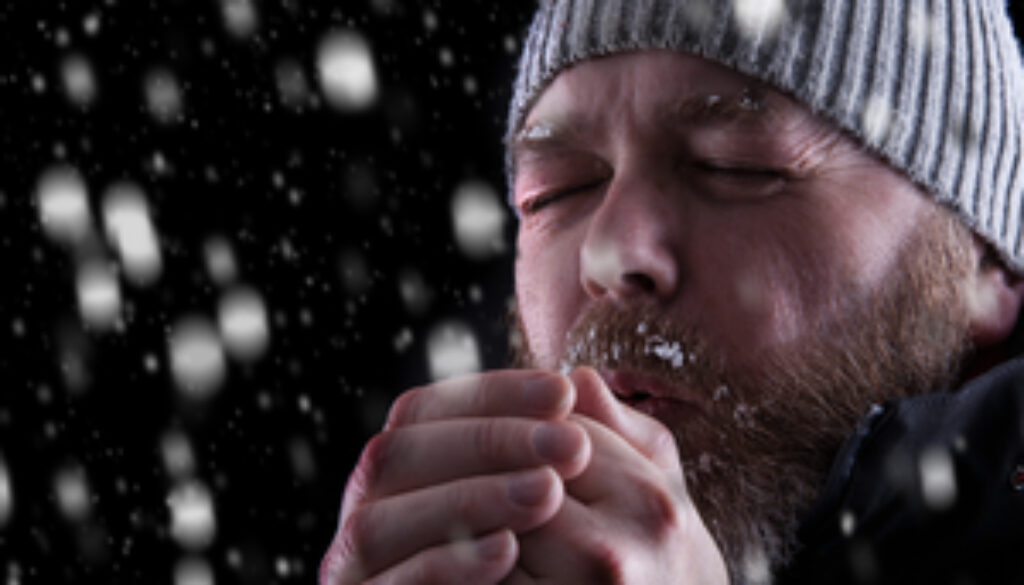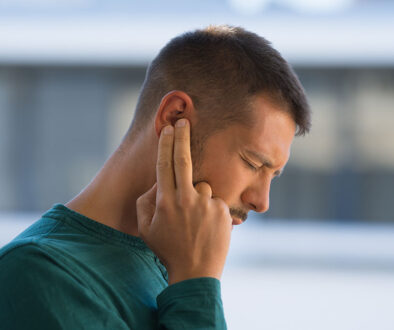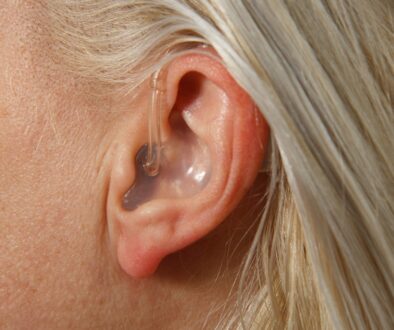Baby It’s Cold Outside: Protecting Your Ears During Cold Weather
Before you shovel snow from your driveway or to take the dog for a walk around the block, you put on a warm winter coat, gloves and maybe a hat. Or perhaps you work outside and are always sure to wear warm boots to ensure your feet are warm and dry.
But what about your ears?
When bundling up for chilly winter weather, don’t forget that your ears also need protection. Failure to do so can lead to conditions associated with hearing loss and ear damage. Some of these conditions include:
Frostbite
This is one of the more obvious perils of leaving your ears uncovered. While frostbite can occur on any part of your body, extremities such as fingers, toes, nose and ears are particularly vulnerable to frostbite. When a part of the body freezes, it destroys the tissue, which can cause extensive damage. In extreme cases, the injured area will need to be removed in order to prevent even more serious complications.
When you fail to cover your ears, you’re putting them at risk for frostbite.
Symptoms of frostbite include:
- Hard or waxy-looking skin
- Skin that has a red, white, gray or bluish tint
- Blistering
If you have any of these symptoms, it’s important to get medical help as soon as possible.
Thankfully, frostbite can be easily avoided by taking a few simple precautions. Wearing warm clothes and limiting the amount of time outside go a long way toward avoiding frostbite. Wear a hat that covers your ears or opt for a good pair of quality earmuffs. Heavy woolen or windproof materials make the best headwear for cold protection.
Exostosis- a.k.a “surfer’s ear”
This is not to be confused with “swimmer’s ear,” which strikes many water-lovers every summer. Exostosis is a tumor of the external auditory canal. It can be caused by several types of chronic irritation, including prolonged exposure to cold water and freezing wind. It’s more common in those who are year-round water sport enthusiasts or avid cyclists.
Anyone who participates regularly in sports such as whitewater kayaking, downhill skiing or anything that chronically exposes the ear to cold air and water can get surfer’s ear.
Be sure that you’re wearing adequate protection for your ears if you participate in these sports. If you will be regularly participating in work or sports that will chronically expose you to cold wind, you may want to consider lightweight and wind-resistant balaclavas. Ask us about customized ear plugs or the best ways to keep your ears safe. Even better, consider putting these activities on hold until warmer weather.
Chilblains
Certainly, everyone’s heard of frostbite, but what about chilblains? These occur when the skin is repeatedly exposed to temperatures from freezing to 60 degrees. It typically appears on the cheeks, ears, fingers and toes.
Symptoms include:
- Itching
- Redness
- Blistering
- Inflammation
- Possible ulceration
If you find you have chilblains on your outer ear, don’t scratch it. Instead, slowly warm the skin and use corticosteroid creams to relieve itching and swelling.
How we can help
We want to do more than merely help you protect your ears—we want to treat any ear, nose or throat problems you may have. Do you have chronic ear infections? Perhaps you’re having difficulty hearing in crowded rooms. Or maybe your spouse complains that you snore and you’re afraid you’ve developed sleep apnea.
No matter what problems you may be have, we are ready to assist you by providing world-class treatment in an environment that features both state-of-the-art technology and compassionate care. Contact us to schedule an appointment.
Raleigh Capitol Ear, Nose, and Throat is the area’s premiere physician-owned ENT practice with six convenient locations throughout Wake County. Our board-certified physicians have extensive experience in treating both common and complex cases to help adults and children alike. We offer six local ENT offices throughout Raleigh, Cary, Garner and Wake Forest. For more information or to schedule an appointment, contact us.





